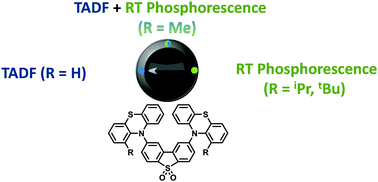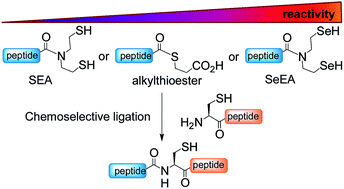
Perovskite solar cells have experienced a rapid development since the first report in 2012 with the power conversion efficiency approaching the theoretical limit. Device stability is still one of the remaining challenges for commercialisation. In this Review, the authors address the important role the charge selective contacts play in the long‐term stability of perovskite solar cells.
Abstract
Lead halide perovskite solar cells have rapidly achieved high efficiencies comparable to established commercial photovoltaic technologies. The main focus of the field is now shifting toward improving the device lifetime. Many efforts have been made to increase the stability of the perovskite compound and charge‐selective contacts. The electron and hole selective contacts are responsible for the transport of photogenerated charges out of the solar cell and are in intimate contact with the perovskite absorber. Besides the intrinsic stability of the selective contacts themselves, the interfaces at perovskite/selective contact and metal/selective contact play an important role in determining the overall operational lifetime of perovskite solar cells. This review discusses the impact of external factors, i.e., heat, UV‐light, oxygen, and moisture, and measured conditions, i.e., applied bias on the overall stability of perovskite solar cells (PSCs). The authors summarize and analyze the reported strategies, i.e., material engineering of selective contacts and interface engineering via the introduction of interlayers in the aim of enhancing the device stability of PSCs at elevated temperatures, high humidity, and UV irradiation. Finally, an outlook is provided with an emphasis on inorganic contacts that is believed to be the key to achieving highly stable PSCs.





 Open Access
Open Access

